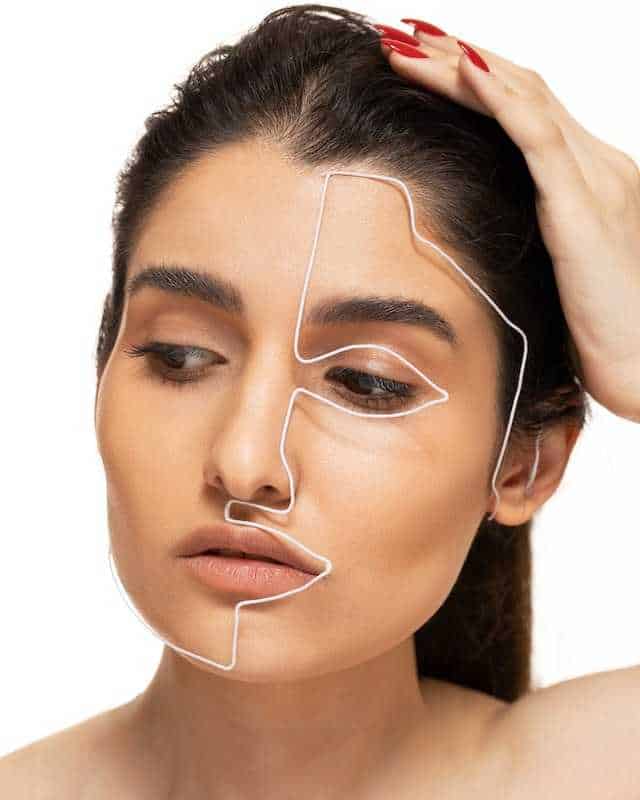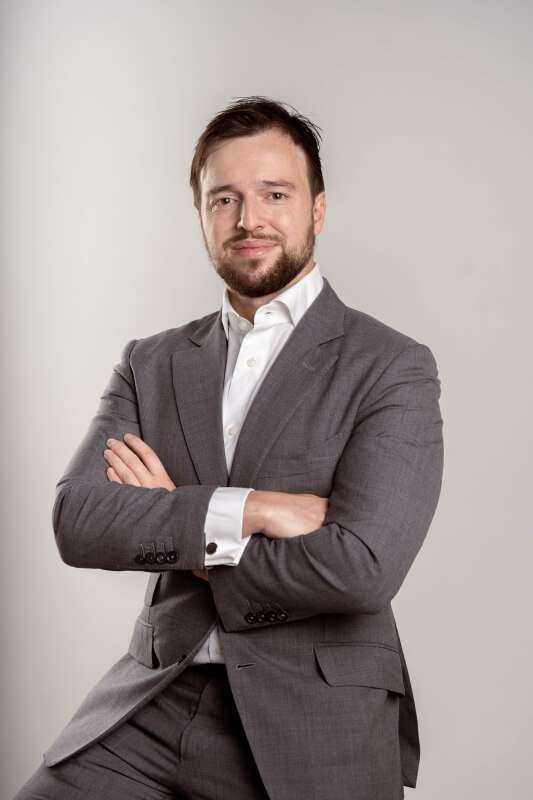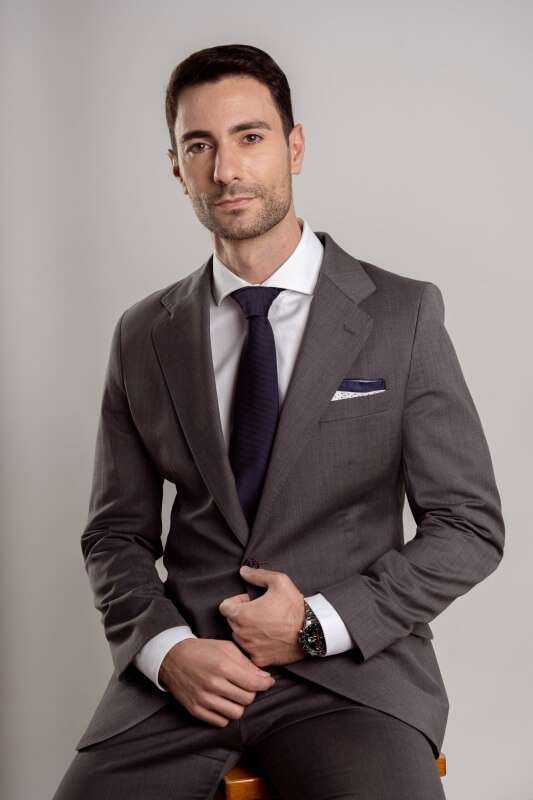Published by Dr MIguel Fernadez Calderón: 13/02/2023
Also known as a ridectomy or facelift, it is a surgical procedure that tightens and firms the facial skin, eliminating sagging and tightening deeper tissues. In this way, a more youthful appearance is obtained. But to better understand what it is, we explain you how a facelift is performed.
Preparation for the surgery
As with any other surgical procedure, a facelift requires a previous preparation that will be indicated by the surgeon at the time of planning the operation.
The doctor will review the patient's medical history. He will ask you a series of questions about your physical condition, past and current illnesses. He will also need to know if you have had any previous surgeries, including cosmetic procedures.
The surgeon will perform a physical examination, and will order blood tests in a laboratory and an evaluation prior to surgery.
A facial examination is mandatory, which includes, in addition to analyzing bones, skin and fat of the face, photographs of the face in different angles and positions. Thanks to this evaluation, the surgeon will be able to determine the best procedure for the facelift.
If you smoke, the doctor will ask you to stop smoking for a period of time before and after the operation.
The doctor may even suspend some medications such as aspirin, anti-inflammatory drugs, analgesics, anticoagulants, or herbal medications. This is to minimize the risk of bruising or excessive bleeding. He may also adjust some doses.
It is very important to tell the doctor in the preoperative evaluation, with sincerity, all the medications you are taking.
The patient should also discontinue the use of beauty products, facial creams and make-up.
Because the procedure can be done under general anesthesia, you will not be able to go home alone. Therefore, you will need the support or help of a friend or family member, both at the time of leaving the surgery and in the first days of the postoperative period.
How is a facelift performed?
The procedure that the surgeon will follow to perform a facelift in Madrid Spain is as follows:
To start the surgery it is necessary to place the anesthesia, which can be local intravenous sedation or general anesthesia. The type of anesthesia used will depend on what the doctor considers most appropriate.
There are three types of incisions and they will depend on the technique used by the surgeon to perform the facelift. It will also depend on each patient, and the expected results. These are:
- The traditional incision is the one that runs from the temple, around the ears, to the hairline behind the ears.
- The limited incision is slightly shorter than the previous one, as it makes the same path from the temple to the ear, but does not extend to the back of the ear. It is used in mini facelifts.
- The other type of incision is used when a neck lift is included in the facelift. For this, the cut begins in front of the earlobe, runs along the rest of the ear and down to the lower scalp. Plus a small incision under the chin.
The way these cuts are performed, allows that once healed, there are no visible marks. Since they are hidden in the natural contour of the face and ears.
To finish the surgery, after stretching the skin and removing the excess skin, the surgeon will proceed to close the incisions. This is done with the use of soluble sutures, special surgical glue or with sutures that the surgeon will need to remove a few days after the procedure.
Finally, the surgeon will place a bandage around the face and surgical drains.
This procedure alone can take 3 to 6 hours, but if other cosmetic surgeries are included, such as a bichectomy or a mentoplasty, it may require more time.

After a facelift
At the end of the procedure, the patient may experience discomfort and pain, as well as swelling and some bruising. To treat this the doctor may prescribe some painkillers.
Before you go home, the surgeon will tell you when the bandage and drains can be removed and will schedule a follow-up visit, which you should attend to check the progress of the surgery.
If you notice any unusual heartbeat, severe pain in the face or neck, or chest pain within 24 hours, you should contact your treating physician immediately.
You may need a couple of weeks to resume your usual routine. But to return to physical activity you will have to wait a few more weeks. This is referential. The indications regarding the time of rest will be given by the doctor according to each patient.
The swelling in the face may remain for some months, and it will be after the swelling goes down that the patient can really see the result of the surgery.
Some extra care of your face will help you maintain the results of the facelift for a longer period of time. For example: moisturize daily, use sunscreen and drink plenty of water.
A balanced diet, as well as getting the right amount of sleep and the right amount of hours will also help keep your face looking fresh and youthful.
However, you must remember to expect real results and wait for the skin to return to normal to know if your expectations were met.
There are other additional surgical procedures that can be done at the same time of facial rejuvenation, which can be a complement and give a more impressive result. Such as an implant or fat transfer to the face. Other surgeries such as rhinoplasty in Madrid Spain can also be done.
Or you could undergo treatments to rejuvenate the skin of the face, inject subdermal fillers, or remove fat in the face through a Madrid Spain bichectomy.
Knowing what a facelift consists of and how it is performed allows you to have more information at the time of surgery, as well as real expectations of what you can achieve with this procedure. If you have more doubts, consult with an experienced surgeon.









